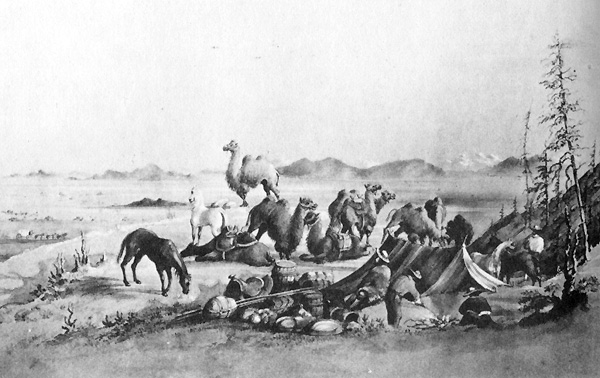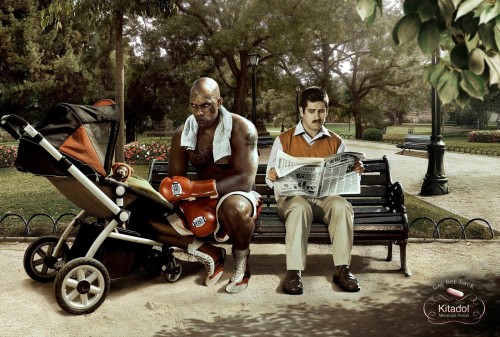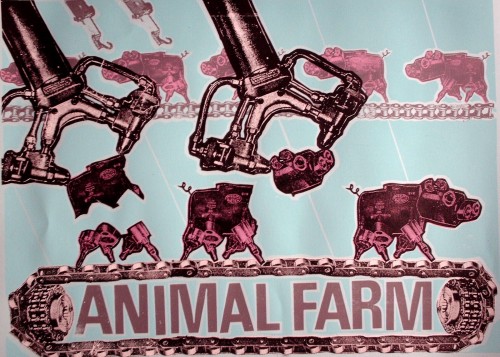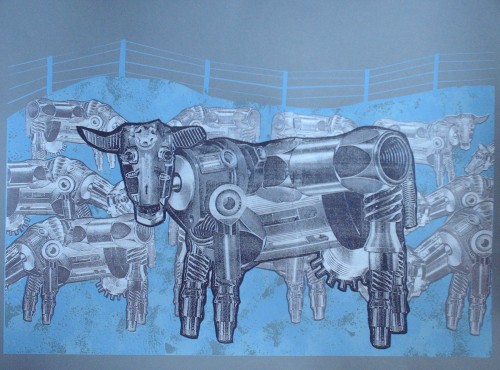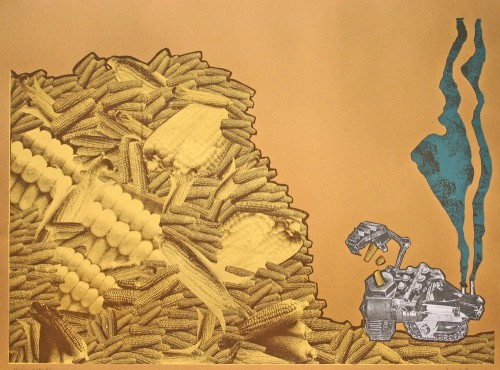On January 30th a video was uploaded to youtube featuring among the most blatantly racist banter I have ever heard on or off screen. The conversation occurred among the hosts of a BBC program called Top Gear: Jeremy Clarkson, Richard Hammond, and James May. They discuss a new sports car made in Mexico and the racist “hilarity” ensues. It is pretty damn horrible… and it goes on and on… so, trigger warning.
There’s a full transcript after the jump, but here are some high points:
They say the car is like the Mexican people: “lazy, feckless, flatulent, [indecipherable] leaning against a fence asleep”
They call Mexican food “sick with cheese on it.”
Hammond says, “Just imagine waking up and remembering that you’re Mexican.” Everyone laughs. Clarkson replies, “It’d be brilliant because you could just go back to sleep again.”
Hammond is the ring leader in this example, but Clarkson appears to make a habit of racist commentary. Here’s just a sampling from Wikipedia:
In October 1998 Hyundai complained to the BBC about what they described as “bigoted and racist” comments he made at the Birmingham Motor Show, where he was reported as saying that the people working on the Hyundai stand had “eaten a dog” and that the designer of the Hyundai XG had probably eaten a spaniel for his lunch…
In April 2007 he was criticised in the Malaysian parliament for having described one of their cars, the Perodua Kelisa, as the worst in the world, built “in jungles by people who wear leaves for shoes”…
This clip reminds us that there are still people out there who will make race-based attacks and plenty of people, note the audience, who will laugh. Many white people truly do oppose racism and they want people of color to trust them; they want the benefit of the doubt. But occasional exposure to people like this, even if just on television, and the ongoing daily experience of prejudice, some mild, some severe, plus the hundreds of things that happen every week that may have been racism or may have been somebody having a bad day, add up. This makes it very scary to trust white people. Every “benefit of the doubt” has the potential to backfire.
Given the daily experience of race that most people of color must endure, blind trust is too much to ask for.
(Transcript after the jump, borrowed from Racialicious.)



